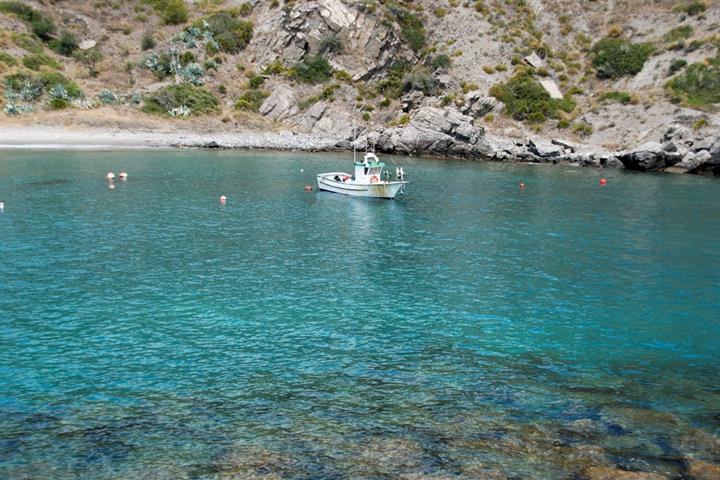La Herradura travel information and video
Holiday information, facts, photos and video about La Herradura
Featured holiday homes in La Herradura
Things to do while you are here
Reviews for La Herradura
Average overall ratings - Based on 494 reviews.
City
Coast
| City: | |
| Coast: |
Submitted by: Terje Kvitberg
20. Nov 2021
This review is in English
This review is in English
Report abuse
You found this abusive
| City: | |
| Coast: |
Submitted by: Britta Helene Folden
1. Nov 2021
This review is in English
This review is in English
Report abuse
You found this abusive
| City: | |
| Coast: |
Submitted by: MARK LLOYD
17. Oct 2021
This review is in English
This review is in English
Report abuse
You found this abusive
| City: | |
| Coast: |
Submitted by: Helen Walker
13. Oct 2021
This review is in English
This review is in English
Report abuse
You found this abusive
| City: | |
| Coast: |
Submitted by: Coyle Family
1. Oct 2021
This review is in English
This review is in English
Report abuse
You found this abusive
| City: | |
| Coast: |
Submitted by: Theresa
13. Sep 2021
This review is in English
This review is in English
Report abuse
You found this abusive
| City: | |
| Coast: |
Submitted by: Duncan ASPINALL
7. Sep 2021
This review is in English
This review is in English
Report abuse
You found this abusive
| City: | |
| Coast: |
Submitted by: Dana and AJ Reiss
20. Aug 2021
This review is in English
This review is in English
Report abuse
You found this abusive
| City: | |
| Coast: |
Submitted by: Philippe
18. Aug 2021
This review is in English
This review is in English
Report abuse
You found this abusive
| City: | |
| Coast: |
Submitted by: Sharon Lowry
8. Aug 2021
This review is in English
This review is in English
Report abuse
You found this abusive
| City: | |
| Coast: |
Submitted by: zsolt dr.félegyházy
6. Aug 2021
This review is in English
This review is in English
Report abuse
You found this abusive
| City: | |
| Coast: |
Submitted by: Ana Moral Castro
2. Aug 2021
This review is in English
This review is in English
Report abuse
You found this abusive
| City: | |
| Coast: |
Submitted by: Michael Poulsen
2. Aug 2021
This review is in English
This review is in English
Report abuse
You found this abusive
| City: | |
| Coast: |
Submitted by: Vibeke Bundgaard
19. Jul 2021
This review is in English
This review is in English
Report abuse
You found this abusive
| City: | |
| Coast: |
Submitted by: Teresa Peralta
18. Jun 2021
This review is in English
This review is in English
Report abuse
You found this abusive
| City: | |
| Coast: |
Submitted by: Tai Wright
2. May 2021
This review is in English
This review is in English
Report abuse
You found this abusive
| City: | |
| Coast: |
Submitted by: xavier
17. Sep 2020
This review is in English
This review is in English
Report abuse
You found this abusive
| City: | |
| Coast: |
Submitted by: Víctor Jerez
27. Aug 2020
This review is in English
This review is in English
Report abuse
You found this abusive
| City: | |
| Coast: |
Submitted by: Kirsten
12. Aug 2020
This review is in English
This review is in English
Report abuse
You found this abusive
| City: | |
| Coast: |
Submitted by: Rafael
5. Aug 2020
This review is in English
This review is in English
Report abuse
You found this abusive





